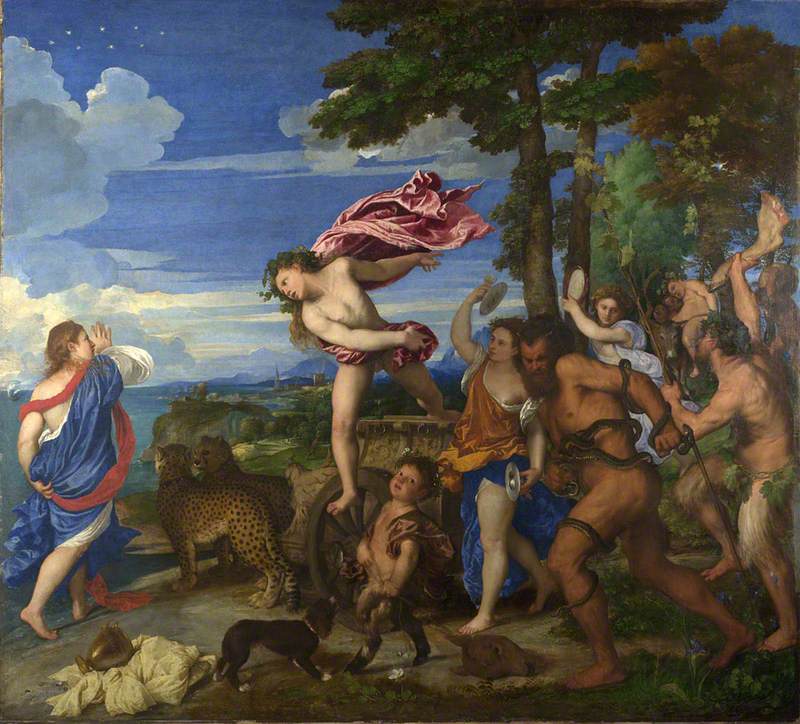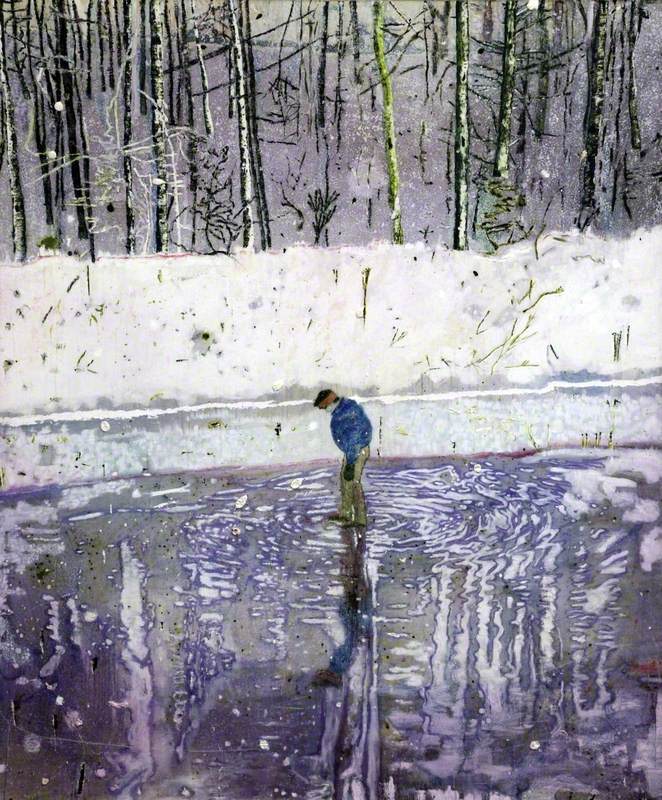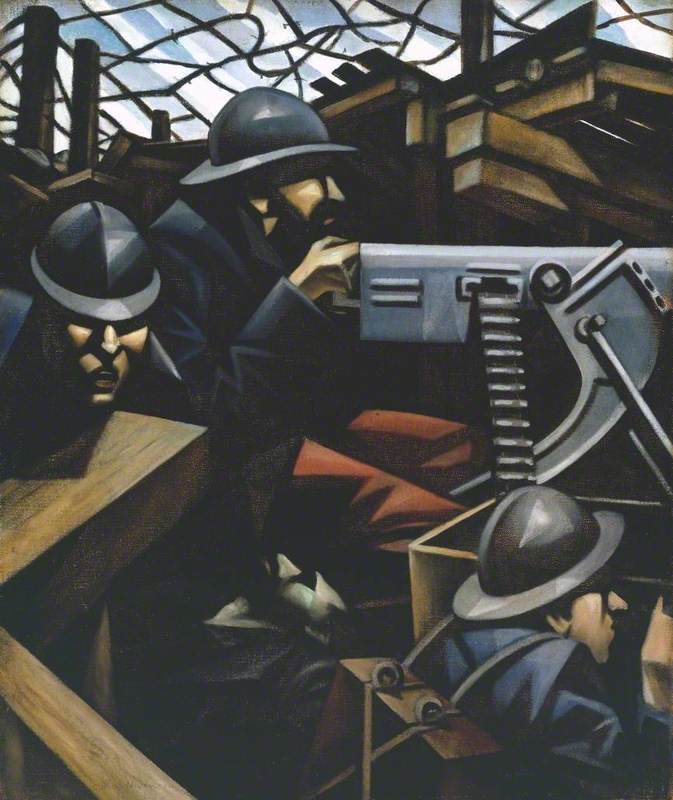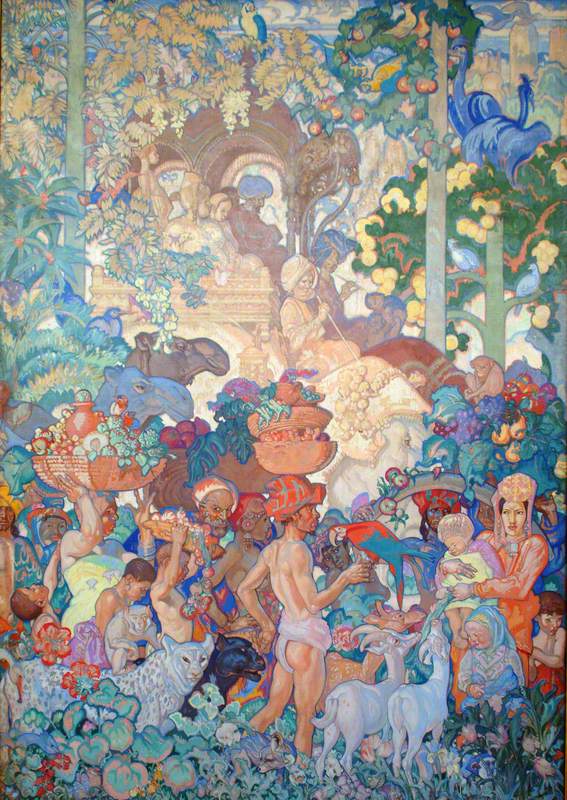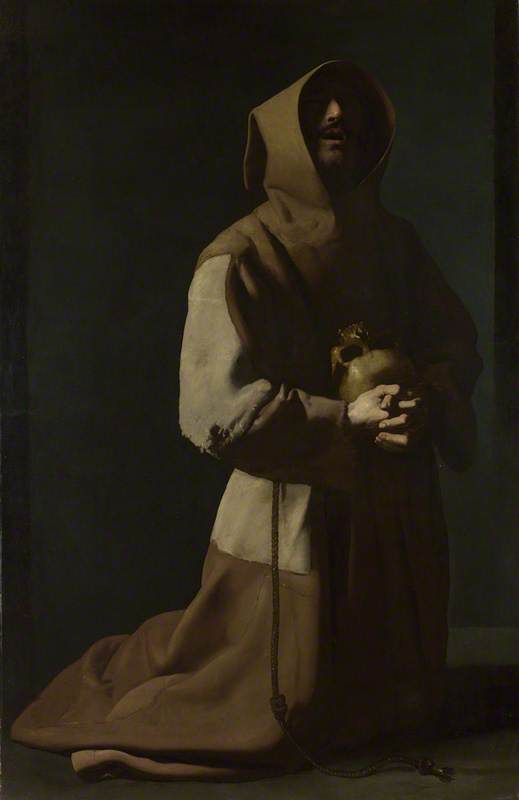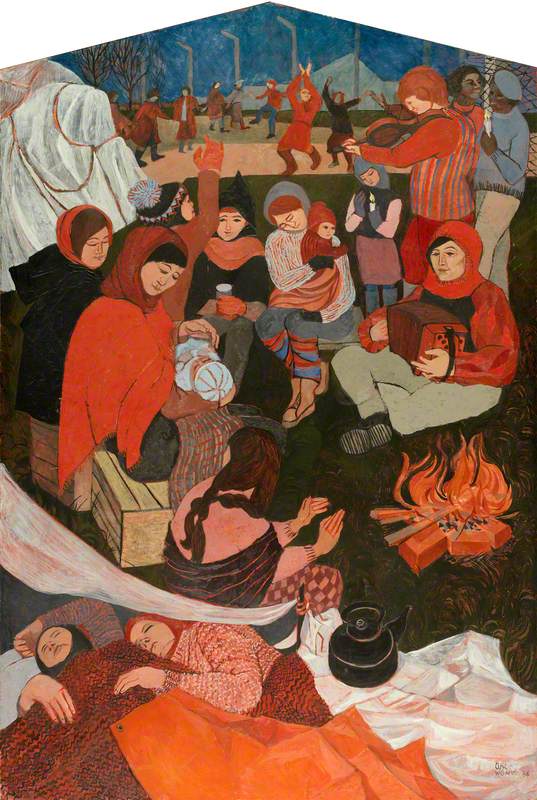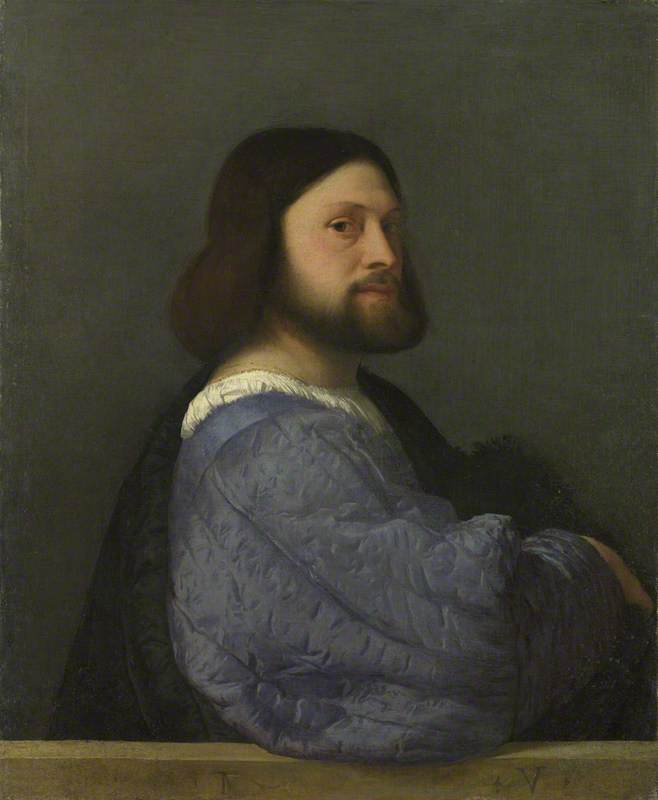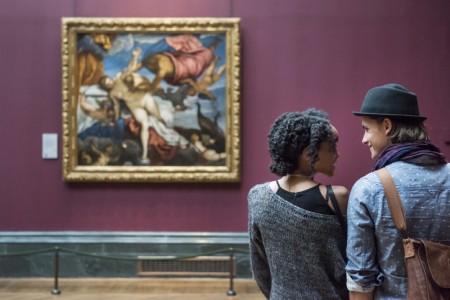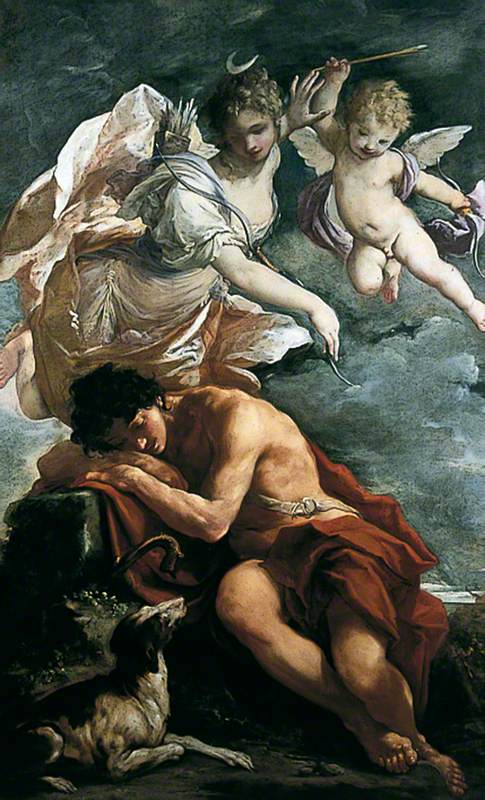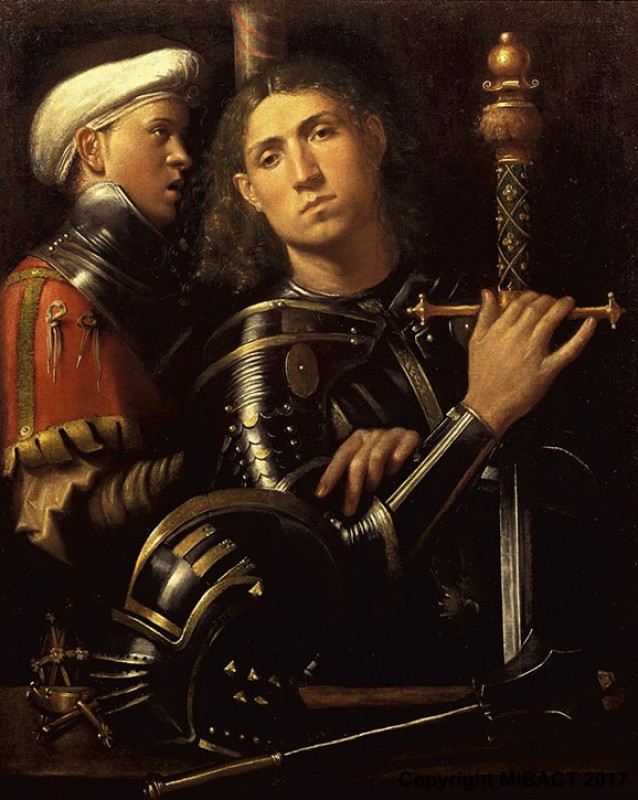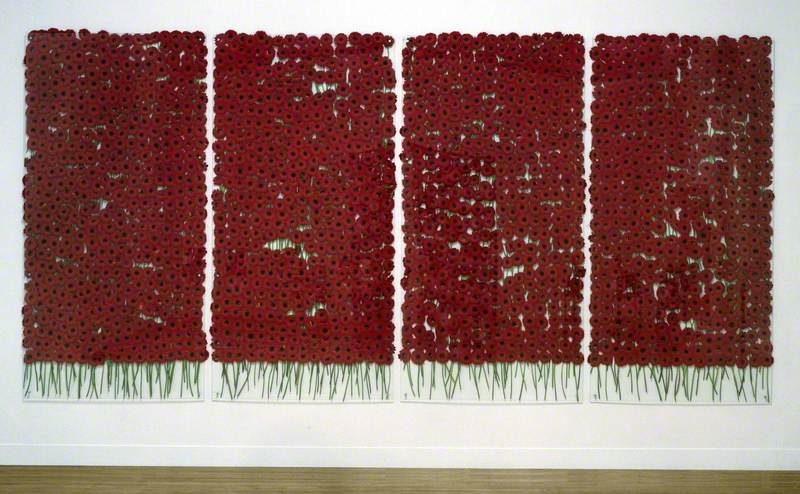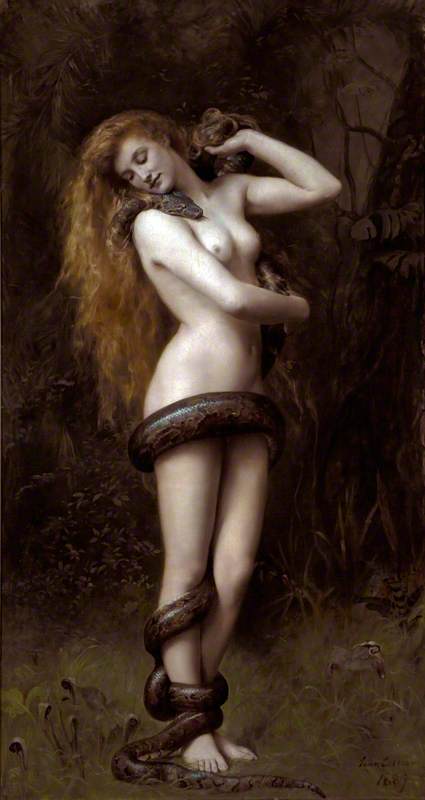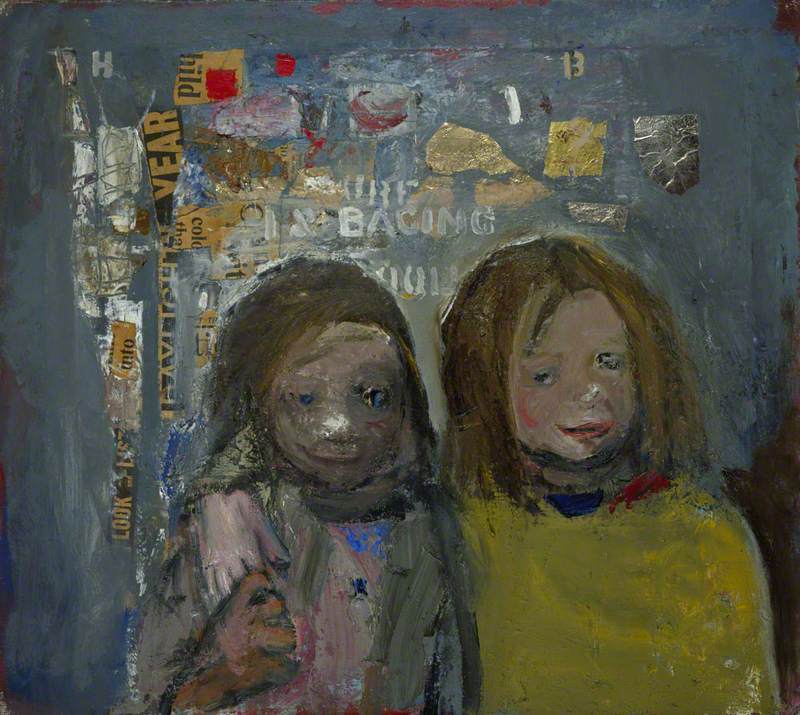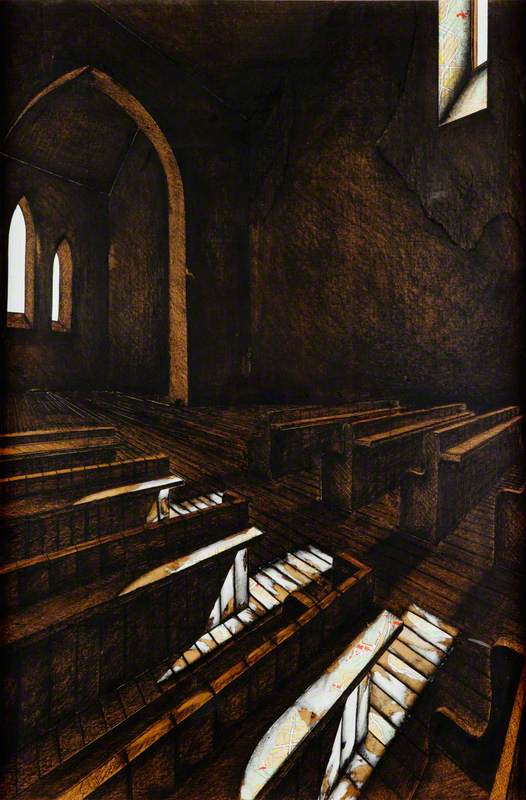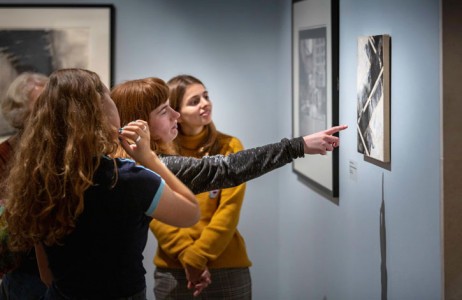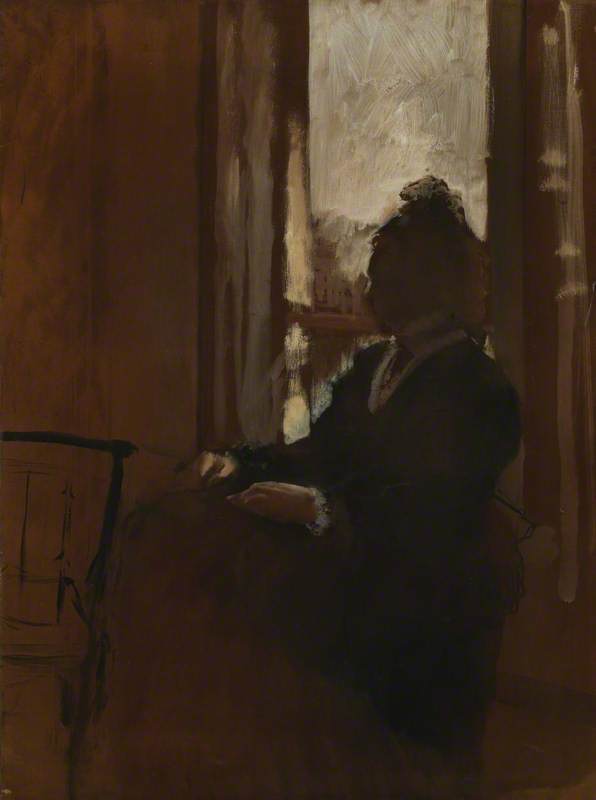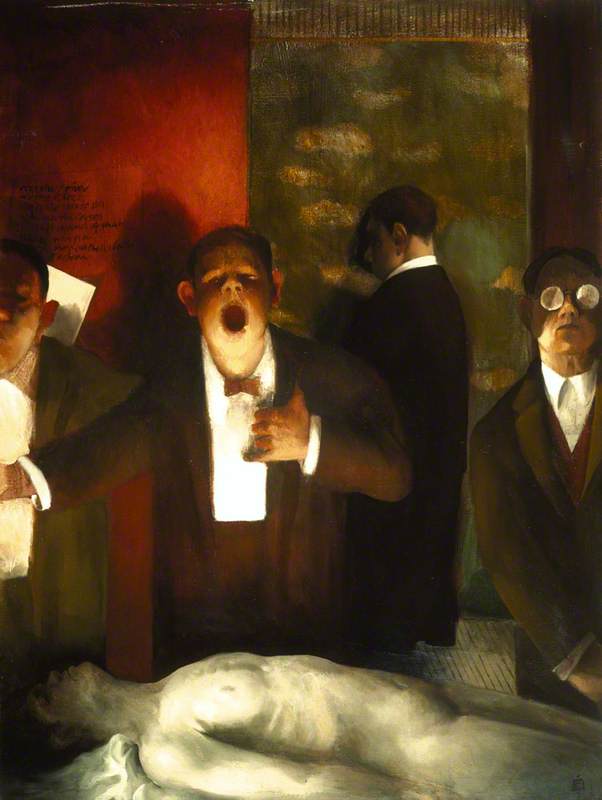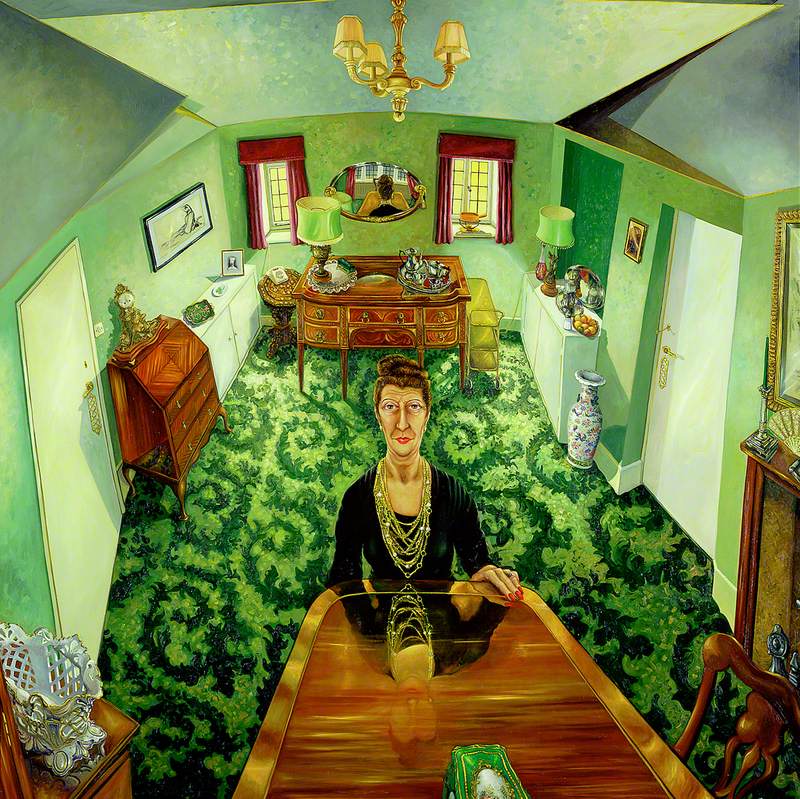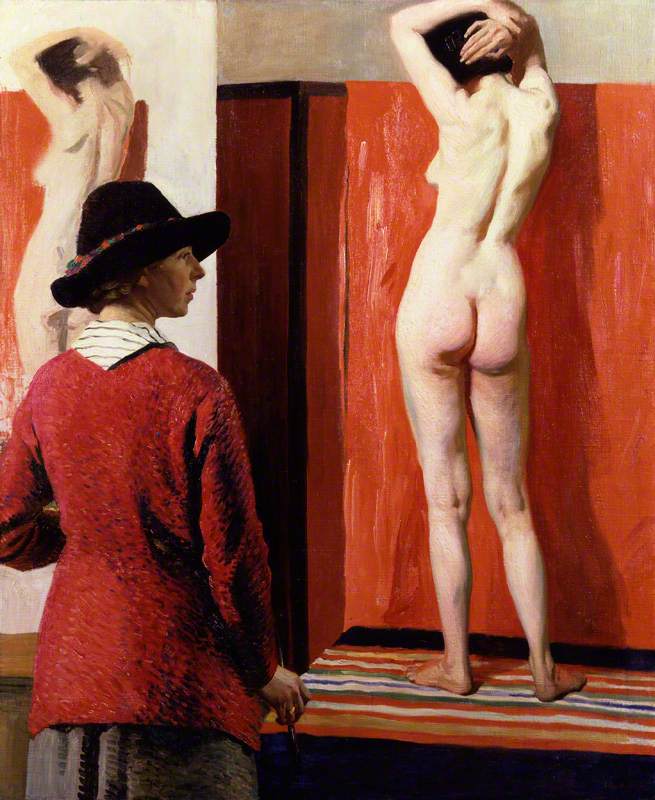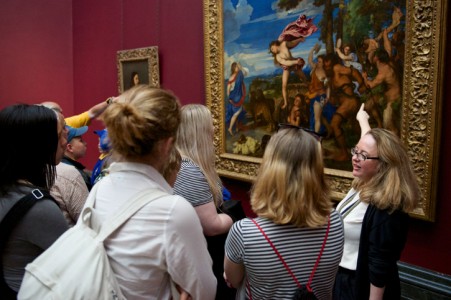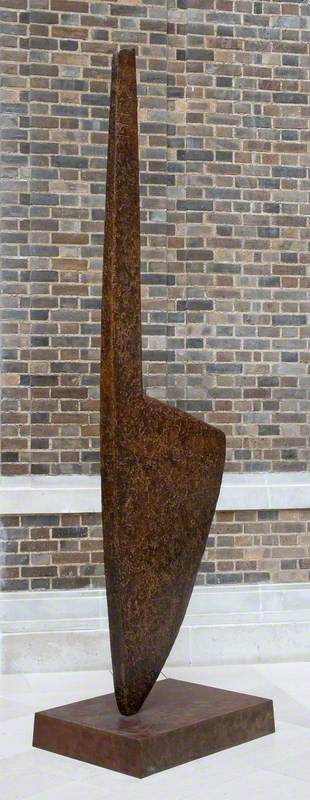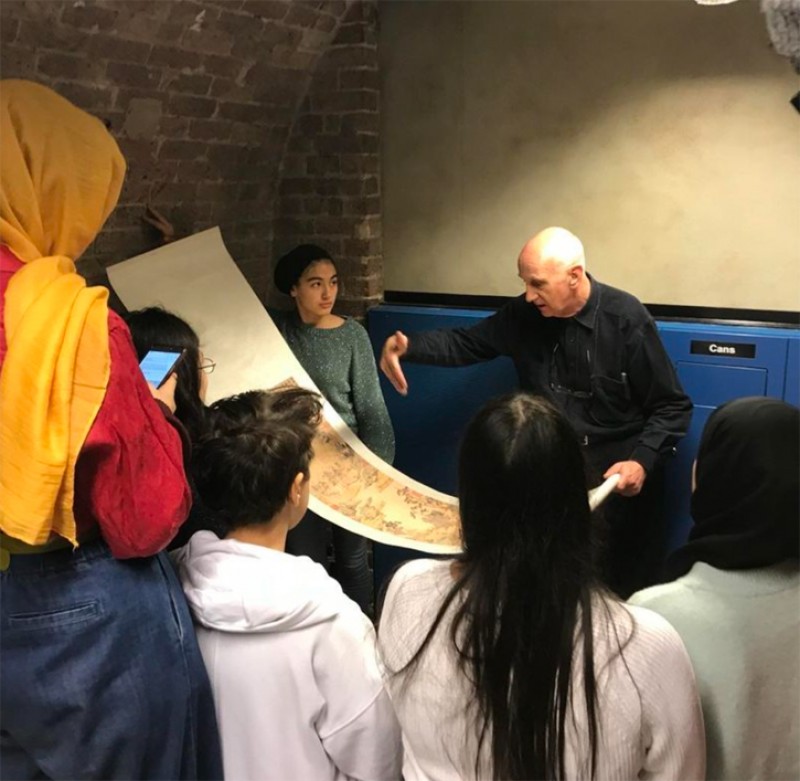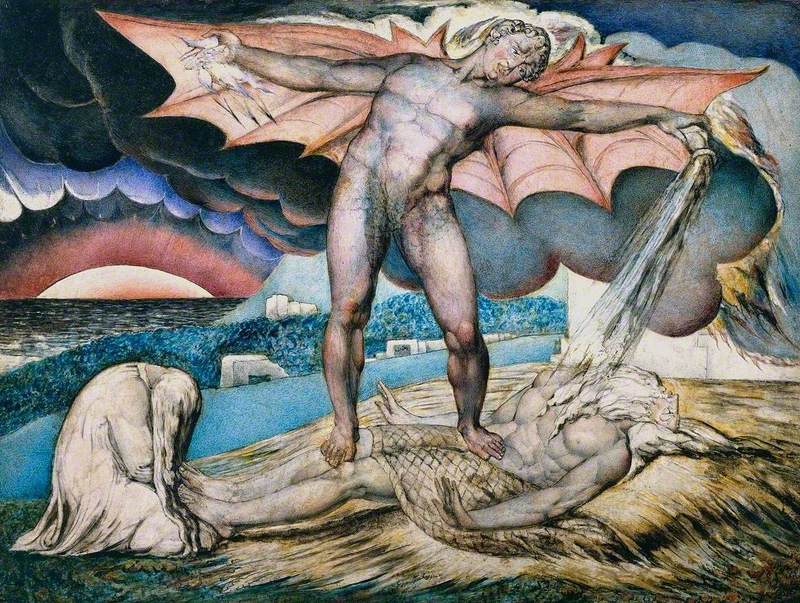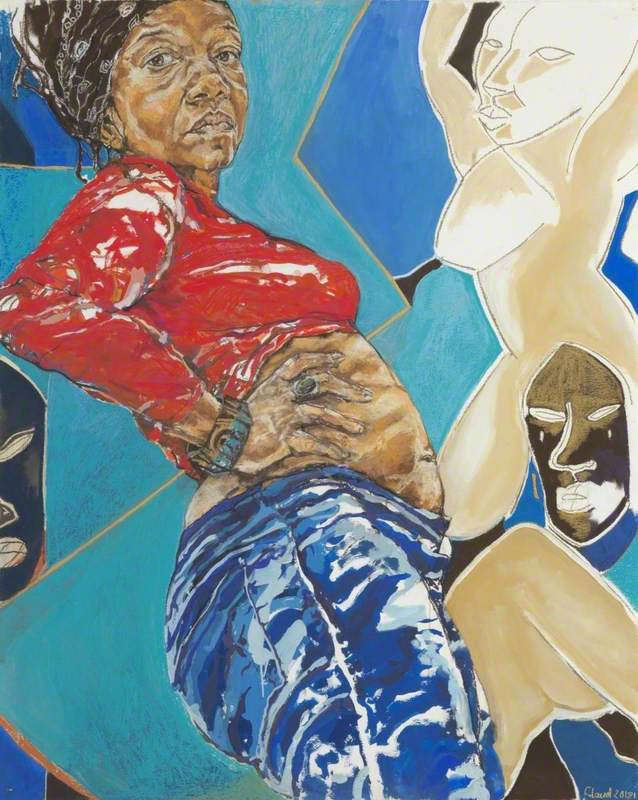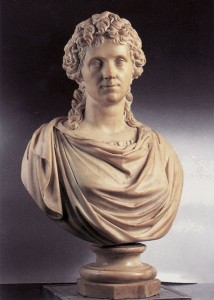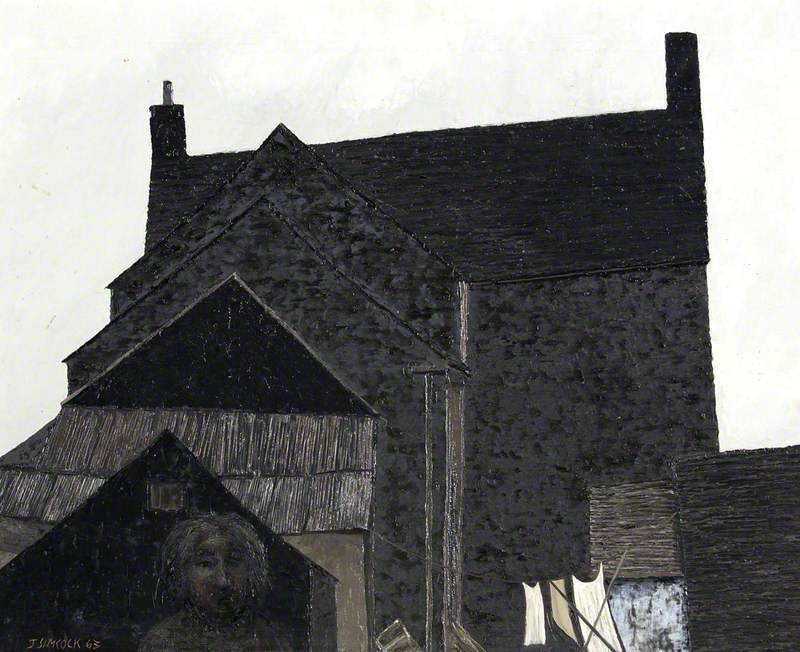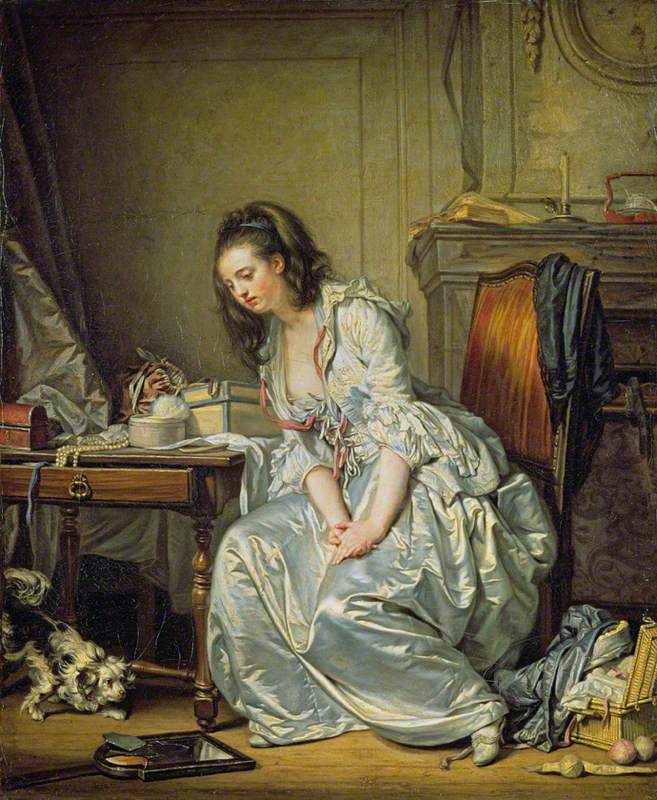This essay was written for the 2019 Write on Art prize, winning second place in the Year 10 & 11 category.
Ariadne, the clever yet naive daughter of King Minos, approaches Theseus and offers to help him defeat the Minotaur and safely navigate out of the labyrinth if he agrees to marry her. Ariadne tells him how to find his way out of the maze. Theseus kills the Minotaur, he is a hero!
Blinded by love, Ariadne is oblivious to Theseus' cruel intentions. They sail to Athens, the ship stops on the island of Naxos where Ariadne falls asleep. As she awakens, she is alone. She has been abandoned by Theseus. Distraught, Ariadne wanders along the shore searching for sight of her lover's ship, when Bacchus, god of wine, emerges from the thickets with his followers. She is surprised by Bacchus and his inebriated entourage.
Bacchus, the god of wine, falls in love with Ariadne at instantly. Ariadne doesn't know why, but she too is drawn to him like a magnet. He leaps from his chariot so the cheetahs that drew it would not frighten her and offers her marriage with the promise of a crown of stars as a wedding gift.
It is the romantic ending to this infamous story – told in versions by Ovid and Catullus – that Titian so beautifully depicted in his painting Bacchus and Ariadne. In one still image Titian captured both intimacy and excitement, the calm and the wild, love, sorrow, the past and the present.
Titian used a rich palette of oil paints to compose this masterpiece. His fine brushstrokes give the painting the allure of an ancient fresco or tapestry depicting a monumental moment in history. The composition is divided diagonally into two triangles, almost signifying the border between the lovers' contrasting worlds. One side is a riot of movement consisting of predominantly green/brown colours. Bacchus' entourage radiates mayhem and music and vigour. Their dynamic stances perfectly enable you to imagine their spirited dancing. The opposite side is a great contrast, the blue sky created by using ultramarine. It is calm and still, except for Bacchus passionately approaching his love – he is leaping from his world to hers.
Ariadne's body is facing the sea, as she was just lamenting over Theseus. She is seen waving to his ship which can be seen in the distance. However, her face is now turned toward Bacchus, and her body is beginning to do the same. The huge physical distance between Ariadne and Theseus mirrors the metaphorical distance between them and shows us that Theseus is her past and Bacchus is her future.
The close proximity between Ariadne and Bacchus greatly emphasises their mutual affection. Many emotions are depicted in the painting but it is love that is most striking. Titian incredibly captured a raw moment of intimacy between the two lovers, the moment in which Bacchus' heart skipped a beat, and Ariadne found her body and soul instinctively drawn towards him – as if their whole lives have led up to this defining moment, they are intoxicated by one another. Bacchus and Ariadne are staring into each others souls. Nothing else matters.
Both Bacchus and Ariadne stand out among the chaos around them. Bacchus is leaping with a graceless elegance, his vibrant pink cloak stands out against the rich blue sky as it catches the sunlight. Despite him being a god, he only has one thing in mind: Ariadne. The circle of stars above her head is in reference to when Bacchus placed Ariadne's diadem of stars in the sky as the constellation Corona, thus elevating his new wife to immortal status.
While at first glance the painting may appear just a painting, if you look closer it is a visual translation of the mighty love story of Bacchus and Ariadne.
Maryam Khan
